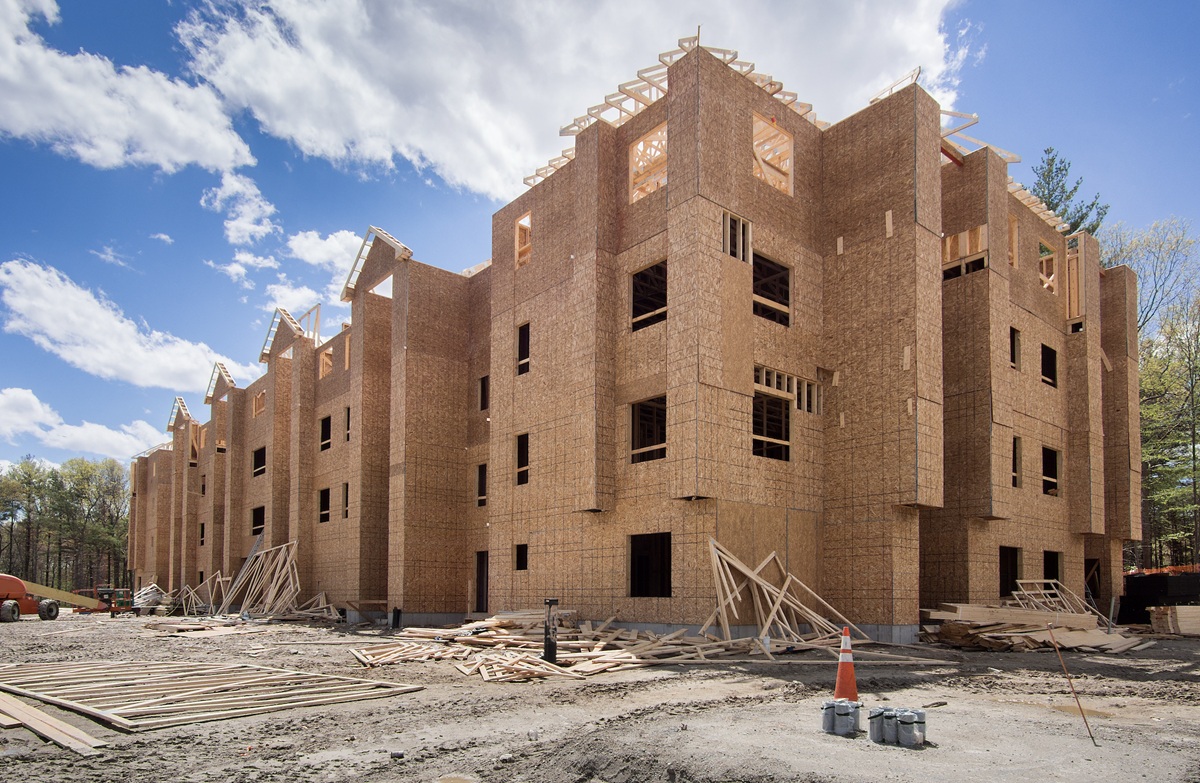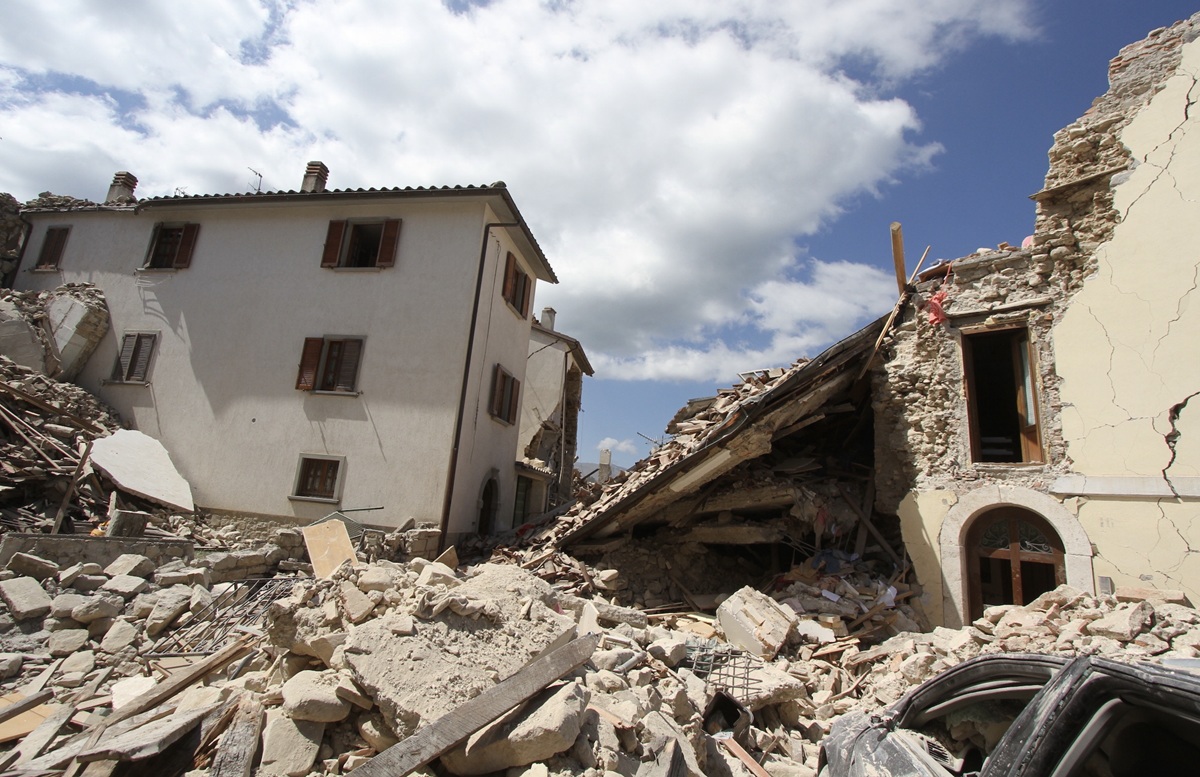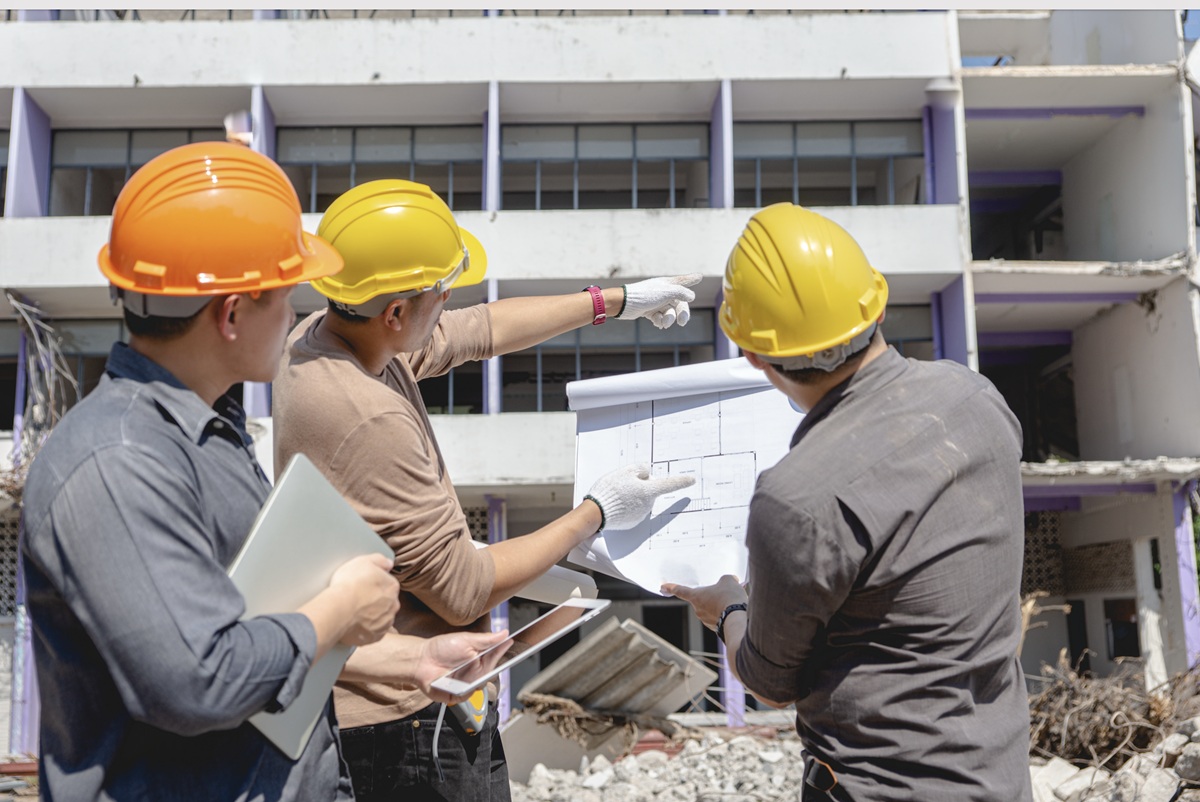While Tokyo has its iconic Godzilla, Los Angeles has long been known for fearing the San Andreas Fault. But there’s an even more dangerous fault in L.A.’s backyard that could cause more destruction and loss of life than the San Andreas: the Puente Hills fault. Lying beneath densely populated, older neighborhoods, it has the potential to generate powerful seismic shaking felt over a wide area, with catastrophic consequences.
The Costliest Disaster in U.S. History
Recent studies confirm that the Puente Hills Fault could be responsible for “the costliest disaster in U.S. history.” The University of Southern California (USC) predicts that a major earthquake on this fault could claim as many as 18,000 lives, leave 735,000 people homeless, and generate up to 100,000 tons of debris. The total economic loss could reach up to $252 billion.[i]
The United States Geological Survey (USGS) has echoed these concerns, highlighting the fault’s ability to unleash destruction five times greater than the infamous San Andreas Fault. A 7.5 magnitude earthquake on the Puente Hills fault would have the same impact as an 8.0 quake on the San Andreas, despite the latter releasing 16 times the energy of a 7.5.
The Fault’s Hidden Threat
The Puente Hills fault is a “blind thrust fault,” meaning its rupture doesn’t reach the Earth’s surface, making it difficult to detect. Located beneath the densely populated Los Angeles Basin, it runs about 25 miles through the heart of the region—from downtown Los Angeles to southeast Los Angeles County, affecting cities such as South Gate, Downey, and Norwalk. The fault’s proximity to vulnerable, older structures significantly amplifies the risk.
First identified in 1999, the Puente Hills fault became more prominent in seismic studies following the 6.0 magnitude Whittier Narrows earthquake in 1987. Additional quakes in Chino Hills (2008), Pico Rivera (2010), and La Habra (2014) have added to concerns about this fault’s potential. A report from a team of scientists at Harvard, USC, and UCLA in 2017 showed that the slip rates along this fault have been accelerating, increasing the potential for stronger and more frequent quakes over time.[ii]
Thrust Quakes and Their Power
Thrust earthquakes, like those that could occur on the Puente Hills fault, cause one side of the fault to push up and over the other side. This type of fault behavior is similar to that of other notable faults in California, such as the Northridge, Whittier Narrows, and Sylmar faults.
These quakes result in intense pressure that can accumulate for long periods. The resulting strain often remains hidden deep underground, waiting for the fault to rupture in a major earthquake. This makes predicting the exact timing of a rupture challenging.
The force required to move tectonic plates at a rate of about one inch every three years is immense, and when these plates do finally shift, the energy released can be devastating.
Liquefaction: A Secondary Danger
Another hazard associated with the Puente Hills fault is liquefaction, which occurs when certain types of soil—often found in areas like the Los Angeles Basin—lose their strength during seismic shaking. This causes the ground to behave like liquid, with structures sinking or tilting. Liquefaction was a key factor in the destruction during the 1994 Northridge earthquake and the 1989 Loma Prieta earthquake in the Bay Area.
The effects of liquefaction are often catastrophic, with buildings collapsing into unstable ground or sliding away. In some cases, entire neighborhoods can become uninhabitable due to the instability of the ground.
A Matter of When, Not If
Seismic scientists agree that a major earthquake along the Puente Hills fault is inevitable—it’s not a question of if, but when. The last major rupture along this fault occurred thousands of years ago, and the next one could strike at any time.
For residents and businesses in Los Angeles, the threat is real, and the need for preparedness is urgent. While the city has made strides in retrofitting vulnerable buildings to withstand seismic activity, many older structures remain at risk, particularly those located along fault lines like the Puente Hills.
The Case for Seismic Retrofits
In the face of such a significant threat, it’s essential for property owners and local governments to invest in seismic retrofitting. Seismic retrofitting involves upgrading older buildings to make them more resistant to earthquakes, potentially saving lives and minimizing economic losses.
Several municipalities in Southern California, including Los Angeles, have passed laws requiring retrofitting of vulnerable buildings, such as soft-story structures and non-ductile concrete buildings. As of 2025, thousands of soft-story buildings in L.A. have been retrofitted, but many remain vulnerable. Non-ductile concrete buildings, which are more susceptible to collapse, are also a major concern. The city has set deadlines for retrofitting these structures, but the work is far from complete.
At Optimum Seismic, we offer complimentary consultations to help property owners understand the risks they face and the steps they can take to protect their buildings. Seismic retrofits can help mitigate the damage caused by future earthquakes, saving lives, preserving property, and ensuring communities remain resilient in the face of disaster.
In Conclusion
The Puente Hills fault is a hidden monster beneath Los Angeles, capable of causing catastrophic damage if it ruptures. But while the threat is significant, it is not insurmountable. By investing in seismic resilience—through retrofitting buildings, improving preparedness, and ensuring that local infrastructure can withstand future quakes—we can significantly reduce the human and economic costs of a major earthquake.
As seismic experts continue to monitor the fault, it’s clear that the time to act is now. By addressing vulnerabilities before a disaster strikes, we can protect lives, safeguard businesses, and ensure a faster recovery in the aftermath of a major quake.
_______________________________________________________________________________
Sources:
[i] University of Southern California, “Loss Estimates for a Puente Hills Blind-Thrust Earthquake in Los Angeles, California,” Edward H. Field, et. al., 2005.
[ii] Geo Science World, “Accelerating Slip Rates on the Puente Hills Blind Thrust Fault System Beneath Metropolitan Los Angeles, California, USA,” Kristian Bergen et al, 2017.







